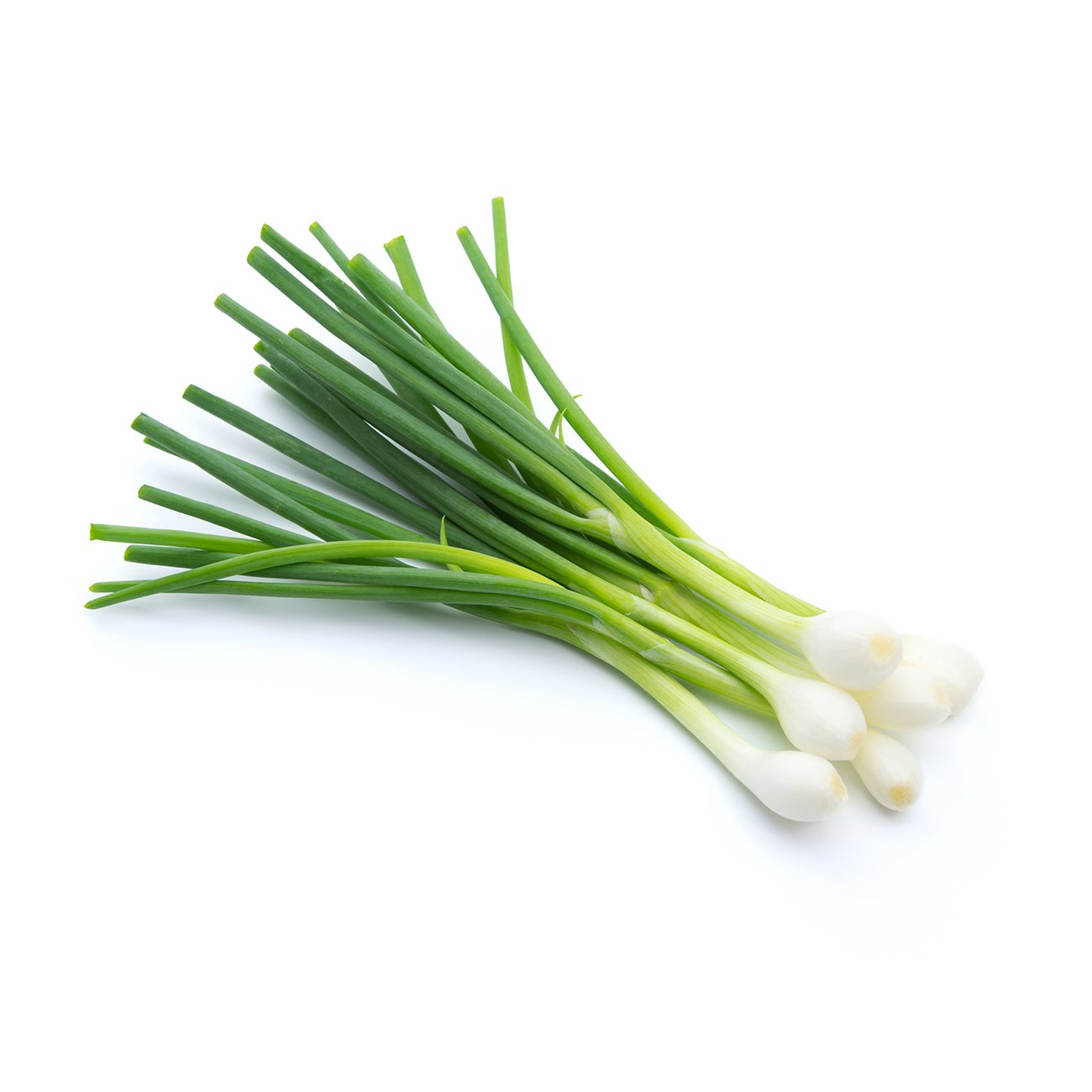Shallots
Similar to onions but sweeter, milder and smaller.
Alternative Name
Eschallots, multipler onion, French shallots
Scientific Name
Allium cepa var. aggregatum
Health benefits
Bones & joints Brain & nervous system Heart Immune system Skin
Shallots are a relative of the onion. They have a group of small, round to elongated, crescent-shaped bulbs which can have brown, golden-yellow, purple or grey skins. They are usually smaller than onions, with a mild, sweet flavour. They also contain less water than onions and therefore require less cooking time. Roast them, use in sauces or finely chop and eat raw in salads.
-
Harvesting
At maturity, shallot bulbs resemble small onions.Postharvest storage temperature
Shallots store well at temperatures of 0–2°C and 60–70% relative humidity. Store in slatted crates or trays that allow good air movement in and around the bulbs. This is important to remove excessive moisture and to minimise storage diseases. Low relative humidity and low temperatures are important to keep shallots sound and dormant, and free from sprouting and root growth. At humidities >70% and warmer temperatures of 5–8°C more of the shallots will sprout, develop roots and decay. With good air flow and humidity control, they should store for 8-10 months.Controlled atmosphere storage
No commercial benefit has been identified for onion varieties with long storage potential. Onions are damaged by <1% o2 and 10% co2. there is some commercial use of controlled atmosphere (3% o2 and 5–7% co2) for sweet onion varieties (short storage potential). diced onions benefit from controlled atmosphere conditions of 1.5% o2 and 10% co2.>Ethylene sensitivity
Ethylene may encourage sprouting and growth of decay-causing fungi.Humidity storage
Shallots store well at temperatures of 0–2°C and 60%–70% relative humidity.Disease & infection
Shallots are susceptible to bacterial diseases, pink root, white rot, downy mildew, purple blotch, onion maggot and thrips. To avoid or minimise these problems, do not plant shallots in the same soil where other alliums have been grown in recent years, plant only clean, healthy plants or bulbs, and practice good sanitation. -
Remove outer and peel before use. Keep in cool, dark cupboard.

You might also like
Veggy tip
Try eating shallots raw to maximise health benefits. Quick cooking doesn't deplete key nutrients below 10% of the RDI per serve, but longer cooking times may.



